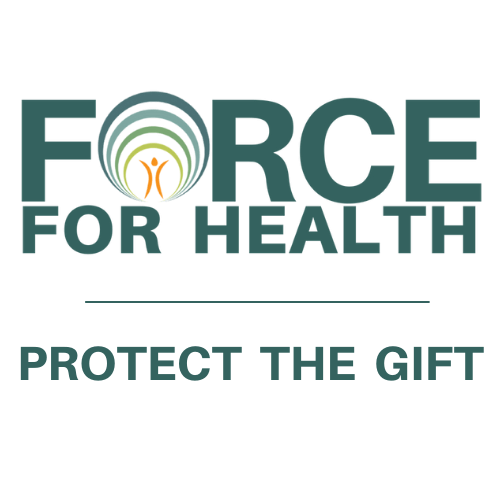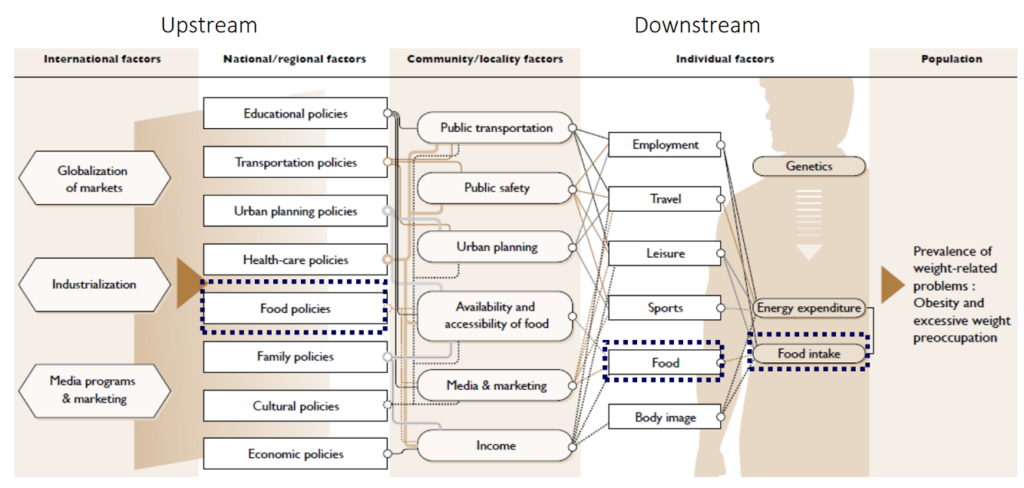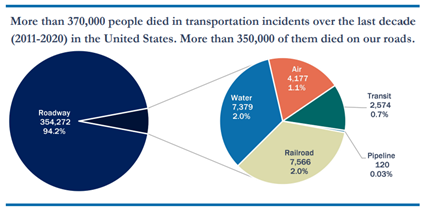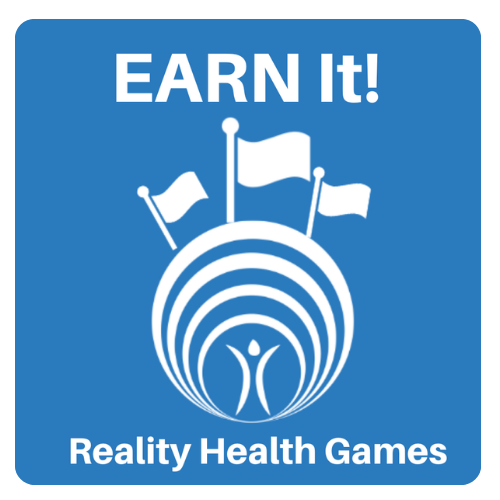Staying cozy in your home this winter? Make sure radon isn’t an unexpected guest.
As we wind down from this holiday season, many of us can relate to the challenges of a surprise visit from unexpected guests. While some are welcome, others can be a bit more concerning. This National Radon Action Month, make sure that radon is not one of them!
About radon
Radon is a naturally occurring radioactive gas. Radon is the leading cause of lung cancer in non-smokers and the second leading cause of lung cancer overall. Breathing in radon gas can cause damage to the lungs and, over time, increase our risk of lung cancer. It is colorless, odorless, and tasteless, making it virtually undetectable without testing.
Luckily, ADHS offers free test kits for Arizonans to check your home for this invisible hazard.
Every home is at risk
There is no “safe” level of radon. The U.S. Environmental Protection Agency (EPA) recommends taking action if your home’s radon level is above 4.0 picocuries per liter (pCi/L).
Any home can have high radon levels— no matter where you live, when your home was built, or what your neighbors’ radon levels are. In fact, the EPA estimates that one in 15 Arizona homes have radon levels above 4.0 pCi/L. At this level, the risk of lung damage is equivalent to smoking eight cigarettes per day.
How to keep your family safe
This year, add radon testing to your list of resolutions. Arizonans can request a free short-term test kit online from ADHS whether you are buying, selling, renovating, or just unsure of your home’s radon levels. It is an easy and free way to take action to protect your family’s health. The test only takes 3-7 days and you will receive your results directly after mailing your kit to the laboratory. Once you receive the results, you can determine whether or not you should install a mitigation system. To help better understand how to reduce your risk, ADHS has online guidance on what your results mean and how you can decrease radon in your home.
January is National Radon Action Month, making it the perfect time to take action against this invisible health risk. Radon can affect any home, regardless of the season. So, testing now will help ensure your family’s safety and give you peace of mind.
Take the first step toward a healthier year by testing for radon today! Learn more by visiting ADHS Indoor Radon Surveillance at azdhs.gov/radon.









